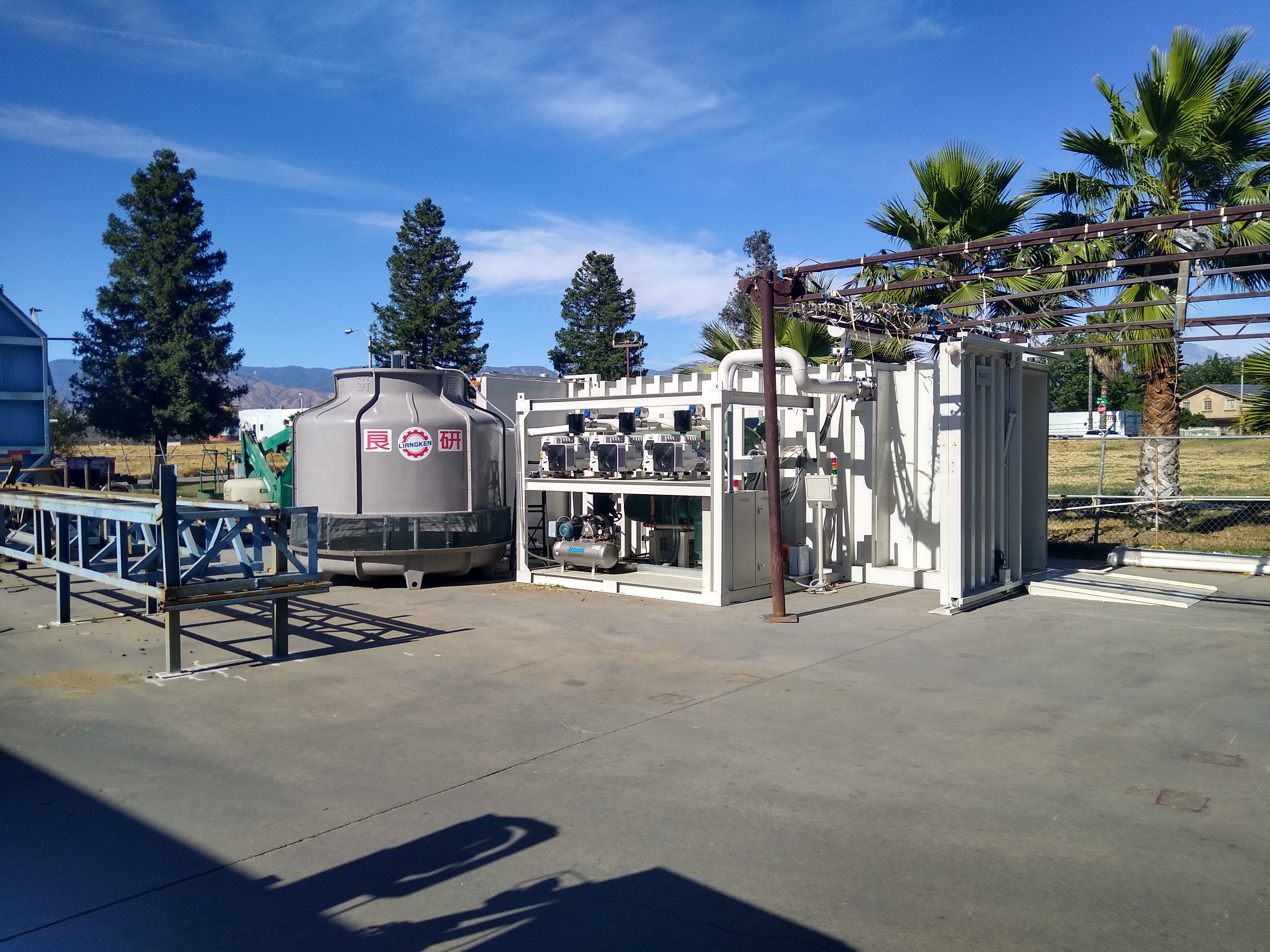As soon as a fish is caught a race against the clock begins to get the fish back to shore before it spoils. There are many factors that influence this race including cool methods, types of ice used, distance from shore, ambient climate conditions, and insulation on board the fishing vessel to name a few. In today’s article let’s turn our attention to insulation and learn more about why it is so important on fishing vessels.
Understanding Heat Transference
To understand the need for insulation it is first necessary to understand heat transference. Heat is transferred in the following three ways:
- Conduction – Heat passes from one material to another via direct contact.
- Convection – Heat travels to a material via air or liquid. For example a convection oven.
- Radiation – Heat travels to a material via light, electromagnetic waves, or infrared radiation.
For fishing vessels convection and radiation may be a concern depending on some circumstances, but the primary type of heat transfer is usually conduction. This occurs as heat travels through the walls and flooring into the cargo hold. In the worst case scenario this unwanted heat can potentially result in fish spoilage; however, even in the best case scenario it will still decrease cooling efficiency and often raise costs. Insulation helps offset these problems resulting in the benefits discussed below.
Insulation and Food Safety
One of the most important benefits of insulation is that it helps improve food safety by preventing fish spoilage. For maximum benefit it is important to cool the fish as quickly as possible and place them in the insulated hold. Even a well-insulated hold will still require additional cooling such as with ice or refrigeration.
Insulation and Ice Efficiency
By minimizing the amount of heat that is transferred into the hold ice will melt much less quickly and less ice will be needed to cool the same amount of fish. This allows less ice to be brought in the first place and may free up additional space for fish or other supplies. Alternatively, it allows for longer fishing trips since the same amount of ice will last longer.
Insulation and Energy Costs
For refrigerated cargo hold insulation is very important. It helps reduce cooling load, allowing the refrigeration system to be more energy efficient. This helps reduce energy costs while also minimizing wear and tear on the refrigeration system.
Types of Insulation
There are many different types of insulating materials available for use on fishing vessels. Some of the most common and effective are:
- Polyurethane – Sprayed on, poured, or board
- Polystyrene (“Styrofoam”) sheets
- Cork Board
- Fiberglass
- Wood Shavings or Sawdust
- Straw
- Sealed Air Space
Each of these different insulating materials comes with its own pros and cons in terms of cost, efficiency, ease of application, durability, and a host of other factors. It is important to consider the particular needs of your fishing vessel and operation. SEMCO/SEMCOLD LLC designs and manufactures reliable cooling and storage systems that are ideal for use on commercial or industrial fishing vessels. We are always happy to discuss insulation options with customers and to ensure that every customer gets the best system for their needs.

